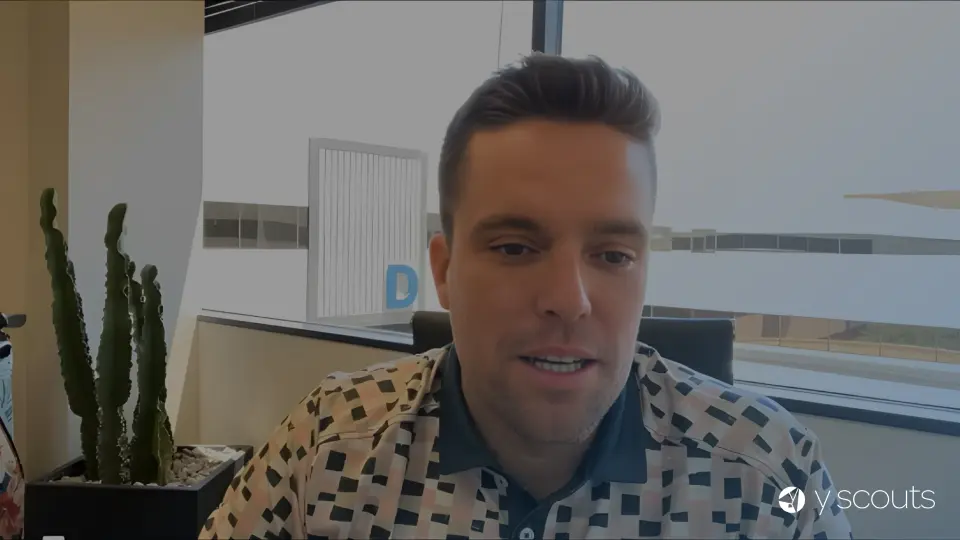At Y Scouts, we empower mission-driven organizations to maximize their social impact by finding leaders who bring more than just operational expertise to the role. In addition to those essential skills, they bring a deep commitment to service and proven experience in advancing nonprofit missions.
The nonprofit landscape is increasingly complex and ever-evolving. For any organization to fulfill its mission effectively, its leaders must navigate changing donor expectations, the funding landscape, and community needs. When you don’t have the right leaders in place, your entire mission’s impact is diminished.
You already know that nonprofit leaders need to be strategic, passionate, and resourceful. They must also balance stakeholder relationships, optimize limited resources, and scale social impact while maintaining organizational sustainability.
In the dynamic world of nonprofit leadership, organizations face unique challenges that impact their mission effectiveness. Here are six common problems that could be limiting your organization’s impact and sustainability.
Without exceptional leaders, your organization may find it difficult to maintain and grow donor relationships, which means unstable funding for your mission.
A lack of visionary leadership can result in missed opportunities and failure to maximize your organization's social impact.
When executives fail to provide clear direction, your staff's passion and dedication remain underutilized and program effectiveness suffers.
Inexperienced leaders fail to optimize limited resources, leading to program inefficiencies, budget constraints, and staff burnout.
Without strong leadership, it becomes difficult to maintain stakeholder relationships and build lasting community partnerships.
The nonprofit sector constantly evolves. Without adaptive leaders, your organization struggles to stay relevant and risks losing its effectiveness.
If your nonprofit organization is struggling to advance its mission and grow its impact, your next leader needs to know how to help you stabilize and thrive. Y Scouts will find the mission-driven executive your organization needs.

We bring passionate leaders who align with your organization's purpose and values.
We drive long-term success by providing you with leaders who advance your mission.
We offer ongoing guidance to ensure seamless leadership integration.
We strengthen your organization by providing leaders who optimize both impact and operations.
Ensuring that all stakeholders are fully aligned on exactly what success looks like in your nonprofit leadership role.
All targeted outbound prospecting is conducted with 100% discretion.
Every candidate we present is a proven nonprofit leader, mission champion, and team builder.
Y Scouts has over 75 years of combined executive search experience in mission-driven organizations.
At Y Scouts, we dig deep to find the perfect alignment between mission-driven executives and nonprofit organizations. Our unique methods connect you with leaders who bring more than just experience, but who also share your values, vision, and commitment to social impact. This is the Y Scouts process.
We meet with your search director and key stakeholders to gather essential information and create an outreach strategy. This session evaluates initial candidate profiles to ensure alignment with your mission and expectations.
We engage high-caliber candidates through a confidential outreach process, tailored to your specific requirements and impact goals. Candidates are thoroughly vetted through discovery calls and comprehensive discussions to ensure alignment with your values, culture, and competencies.
When you're ready to meet qualified candidates, we help you develop an effective interview process. We provide guidelines and best practices to help you evaluate both expertise and mission alignment beyond the resume.
Once you've identified the ideal candidate, it's time to make an offer. We provide offer templates, guidance on nonprofit compensation packages, and facilitate smooth negotiations between all parties.
Congratulations! Your ideal leader has accepted. From here, we help manage all final steps, including role transition planning, documentation, and comprehensive reference checks.
The Y Scouts process continues well beyond the offer acceptance. We create a detailed onboarding plan and conduct check-ins on days 30, 60, 90, 180, and 365. These meetings help us monitor leadership effectiveness and ensure positive outcomes for everyone involved.
At Y Scouts, we make finding your next nonprofit leader simple, effective, and effortless. Our streamlined and collaborative approach helps you hire the perfect executive to advance your mission — guaranteed!





We specialize in a wide range of industries, including technology, healthcare, consumer products, manufacturing, finance, and professional services, among others.
We specialize in a wide range of industries, including technology, healthcare, consumer products, manufacturing, finance, and professional services, among others.
We specialize in a wide range of industries, including technology, healthcare, consumer products, manufacturing, finance, and professional services, among others.
We specialize in a wide range of industries, including technology, healthcare, consumer products, manufacturing, finance, and professional services, among others.
We specialize in a wide range of industries, including technology, healthcare, consumer products, manufacturing, finance, and professional services, among others.
We specialize in a wide range of industries, including technology, healthcare, consumer products, manufacturing, finance, and professional services, among others.
Whether your organization needs a visionary Executive Director, a strategic Development Officer, or an innovative Program Director, Y Scouts is committed to delivering mission-driven leaders who will advance your social impact. Partner with Y Scouts today to secure the future of your organization with the right leadership.